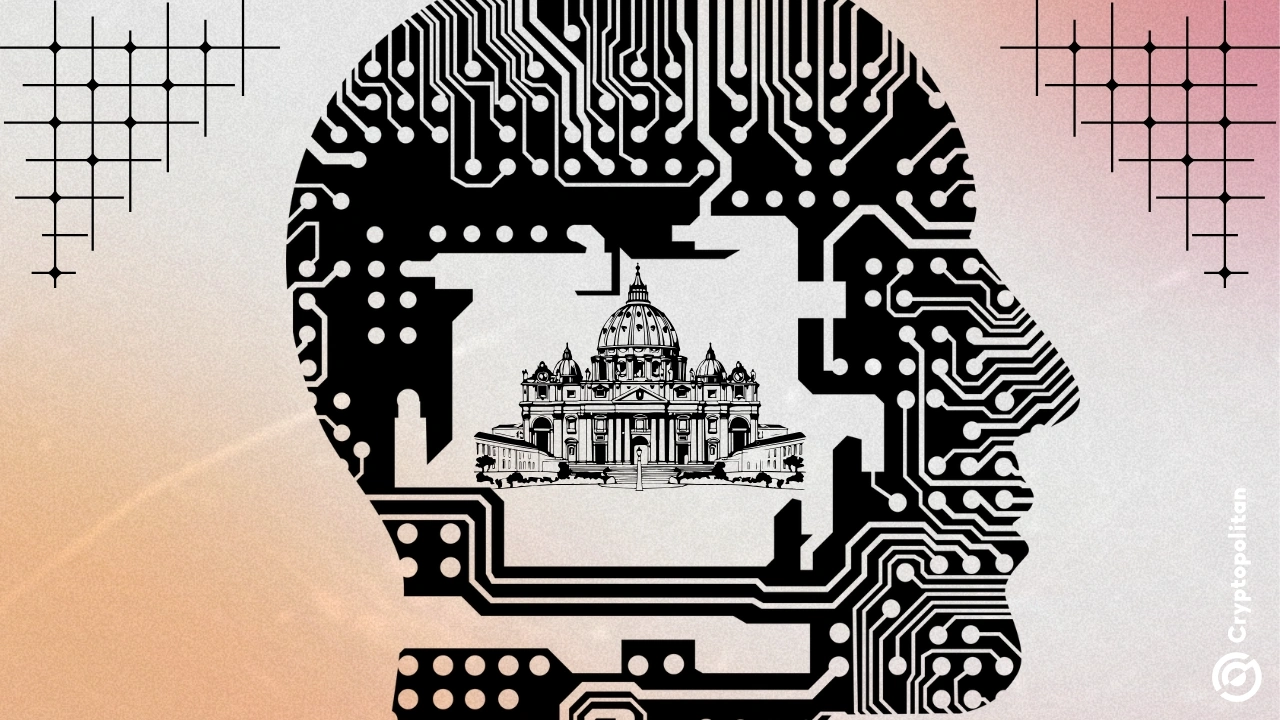
Microsoft has partnered with the Catholic Church in a project to digitally recreate and explore one of the world’s most iconic monuments, the St. Peter’s Basilica, the Vatican has revealed.
The AI recreation helps in managing visitor flows, allows access to virtual tours, and also identifies conservation issues. It comes in time for the Catholic church’s Holy Year Jubilee celebrations to be held in 2025 and it comes only once in 25 years.
Microsoft tech recreated replicas of the church
Dubbed Project La Basilica di San Pietro, Basilica was done in collaboration with a French startup, Iconem specializing in digital preservation.
Microsoft used drones, lasers, and cameras in an empty basilica for four weeks to take 400,000 high-resolution digital photographs of the monument as part of the recreation. According to the Vatican, the AI-generated monument will be online alongside two new on-site exhibits in order to give visitors both real and virtual an interactive experience.
“It is literally one of the most technologically advanced and sophisticated projects of its kind that has ever been engaged in.”
Brad Smith, Microsoft president.
The Microsoft AI project of the Basilica was for the first time able to identify structural vulnerabilities that are not able to be identified by the naked eye in the St Peter’s Basilica.
The AI has recreated the exact digital replica of the exterior and interior of the famous Basilica including all of its mosaics, frescoes, and sculptures.
Using the said technology, the project was also able to identify and reveal hidden or lost mosaic tiles and uncover an ornate ceiling.
“As technology like AI drives us into the future, it can also play an important role in preserving our past,” added Smith.
The Catholic warms up to AI tech
The development marks another significant signal of the Catholic church’s acceptance of AI technology. The Pope himself has shown interest in the technology.
Speaking at an event where the project was presented to him on Monday, he however called on AI’s responsible deployment.
“The correct and constructive use of (AI’s) potential, which is certainly useful but can be ambivalent, depends on us.”
Pope Francis.
AI has been used in this kind of project as the use of digital twin technology in historical buildings has already shown potential such as in the 3D digital model of the Notre-Dame Cathedral in Paris that helped guide reconstruction efforts after the fire in 2019.
Dr Saleeb of the Notre-Dame said that they could not have restored it without the digital replica.
“AI algorithms, applied to continuous sensor data collected from Digital Twin technologies, can identify damage in structures and materials that is not visible to the naked eye,” said Dr Noha Saleeb, associate professor in creative technologies at Middlesex University,
She added that the technology can also predict specific areas of deterioration, by making calculations and identifying patterns in the availed data.
Professor Mohamed Gamal Abdelmonem the chair of architecture at the University of York believes that the digital twin technology is playing a key role in making sure that monuments and important sites are not losing their appeal and appearance.
“The digital twin technology has become critical to the preservation of many heritage sites as the evolution and affordability of laser and imaging technology can penetrate soils and produce highly accurate copies of existing sites,” Professor Abdelmonem said.
The project was unveiled at a press conference held at the Vatican with the presence of both Pope Francis and Smith.
“For St Peter’s Basilica, the alliance between human intelligence and AI is a bridge towards the future, a historical turning point that has no borders. It is possible to view it in every corner of the earth.”
Vatican coordinator, Father Francesco Occhetta.
Pope Francis told the audience at the Vatican, that everyone, “really everyone should feel welcome in this great house.”
The Pope, however, called for the ethical use of AI and this has not been the first time he called for such as he used his annual World Message of Peace this year to lobby for an international treaty to regulate it.
The Pope argued that without human values of mercy, morality, and forgiveness among others was too much a risk.








